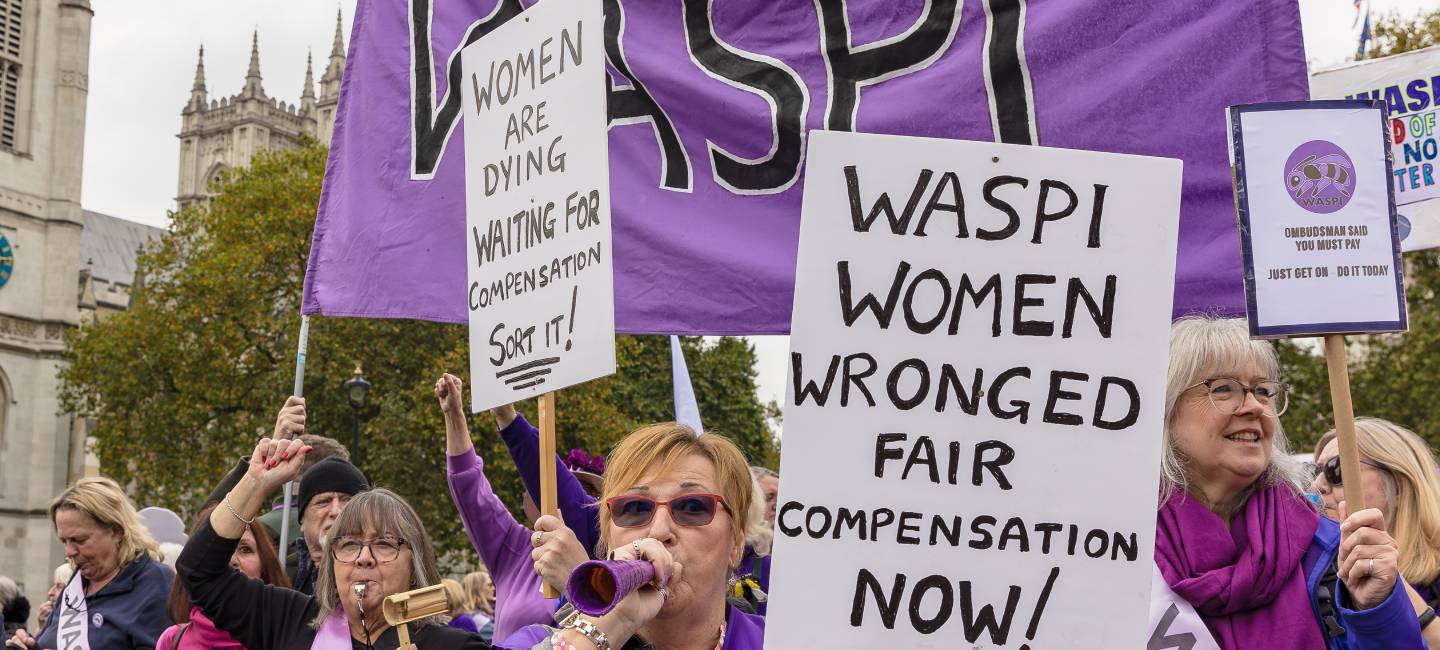
We all know that saving and investing can make a big difference to our lifestyles and our income in retirement. But how much of that money will actually be yours after tax?
A combination of frozen tax reliefs and personal allowances, higher interest rates, and in some cases higher tax rates, means that more people are paying tax on their savings and investments. Below, we explain what this means for you and how you can make the most of your money.
Under current HMRC tax rules for savings, you typically pay income tax (usually at your normal rate) on any savings interest you earn once you’ve exceeded your allowance.
Income tax rates are between 20% and 45% in England, Wales and Northern Ireland, with a starter rate of 19% and a top rate of 48% in Scotland. But savings interest and dividends in Scotland are taxed at the same rate as the rest of the UK.
The personal savings allowance (PSA) lets basic-rate taxpayers earn up to £1,000 a year in savings interest without paying income tax. Higher-rate taxpayers can earn up to £500 a year. Additional-rate taxpayers have no PSA, so pay tax on all cash interest they receive outside a tax wrapper such as an ISA.
Bear in mind that interest from savings counts towards your income. So if your income from a pension or employment is just below the threshold for higher rate tax, but the addition of savings interest takes you over the threshold, your PSA will go down and you may end up paying more tax than you expected.
The PSA applies to interest you earn in accounts held with banks, building societies, credit unions and National Savings and Investments (NS&I) – with the exception of Premium Bond prizes, where the payouts are tax-free.
Alice Haine, personal finance analyst at wealth manager Evelyn Partners, adds: “Interest can be applied on coupon interest from corporate and government bonds (including gilts), most purchased life annuity payments, and interest distributions (though not dividend distributions) from money market or fixed income funds.”
When you consider this, alongside rising interest rates and the fact the PSA hasn’t increased since it was introduced in 2016, it’s not surprising that more people are now exceeding their savings allowances and paying tax.
According to analysis from the investment platform AJ Bell, more than 2 million people paid tax on their cash savings in the 2024/25 tax year, a sharp rise from around 650,000 just three years ago. It’s possible the number could drop back in 2025-26 due to falling interest rates.
The starting rate for savings can mean a higher tax-free allowance for people with income less than £17,570 (not including savings income). The starting rate is an allowance of up to £5,000, and you’ll get all of it if you earn less than the personal allowance of £12,570, explains Sarah Coles, head of personal finance at investment platform Hargreaves Lansdown.
“For every penny you earn over the personal allowance, your starting rate falls by £1, until it disappears altogether at £17,570. If you get the starting rate, you add your personal savings allowance to it, so some people can make £18,570 in tax-free interest from their savings,” she says.
If you might be paying tax on your savings, either now or in the future, you can protect some of your savings from tax by opening a cash ISA. But there is a limit to the amount you can save tax-free. Since 2017, this allowance has remained at £20,000 a year.
The chancellor, Rachel Reeves, recently confirmed the allowance would stay at £20,000, although she didn’t confirm whether any reductions would be made to cash ISAs specifically, following previous rumours the allowance for those could be cut to £4,000.
There are two types of tax on investments held outside pensions and stocks and shares ISAs – capital gains tax (CGT) and dividend tax.
The annual CGT allowance now stands at £3,000, a sharp decline from £12,300 in 2022/23 and £6,000 in 2023/24. Once you’ve exceeded this allowance, CGT is due when you sell an investment for more than you paid and made a profit. It’s charged at 18% for basic rate taxpayers and 24% for higher and additional rate payers.
Coles says CGT can be triggered when you sell up or rebalance your portfolio. The gain can also be taxed when you give investments away to anyone other than a spouse – so it’s not just sales that matter. “If you give it to a spouse or civil partner, there’s no tax on the transfer, but when they come to sell it, their gain will be calculated from the date you acquired it.”
All taxpayers also have an annual dividend tax allowance, but this is again much lower than in previous years. The tax-free dividend allowance dropped from £2,000 to £1,000 in April 2023, and again to £500 in April 2024. If you get dividends totalling more than £500 per year, tax is due. Basic-rate taxpayers pay 8.75%, higher-rate taxpayers pay 33.75% and additional-rate taxpayers pay 39.35%.
HMRC forecasts indicate that 3.6 million people were expected to pay tax on their dividends for 2024/25, almost double the number who paid three years ago. Charlene Young, senior pension and savings expert at AJ Bell, explains: “This is largely due to more taxpayers with smaller portfolios being dragged into the dividend tax net.”
Again, it’s possible to shelter your investments from these taxes by stashing your money in a stocks and shares ISA (but remember your £20,000 allowance is the total across both cash and stocks and shares accounts).

Premium Bonds are a popular savings vehicle, partly because they are backed by the Treasury which means your money is safe (although most savings are safe anyway, thanks to FSCS protection).
But they also provide you with the opportunity to win a tax-free prize of up to £1 million – something that could be particularly attractive if you’ve already used your personal savings and ISA allowances.
However, keep in mind that you won’t earn interest on your money and there’s no guarantee you’ll win a cash prize. “In an average month, the average bond holder wins nothing, and without any return on your savings you will lose spending power after inflation,” says Coles.
The average pension pot for those aged 55 to 64 stands at £137,800, according to the latest pension wealth data from the Office for National Statistics (ONS).
Investors do not pay any tax on income or investment returns within a pension wrapper. What’s more, any payments you make into your pension scheme attract tax relief. Mike Haynes, head of employment and pensions at tax consultancy Andersen LLP, explains that if you earn less than £50,270 in most of the UK, you will save 20% tax.
For higher rate payers earning more than this, tax relief at 40% and 45% will be available. Different income tax bands apply in Scotland, with pension tax relief of between 20% and 48% available.
However, pension money is taxable when you take money out. When you become eligible to access your pension pot (currently from the age of 55 but rising to 57 in 2028), you can withdraw 25% tax-free, up to a maximum of £268,275.
Alice Haine adds that the remaining 75% is taxable at the individual’s marginal rate of tax, so it is important to consider all income sources, such as the state pension or a part-time job, when making withdrawals to avoid tipping into a higher tax bracket. “Ultimately, how much tax a retiree pays on pension savings will depend on how they choose to withdraw money from their pot,” she adds.
Another important consideration is that from April 2027, pension pots are due to form part of a deceased person’s estate. This means inheritance tax (IHT) may be due if the nil rate band of £325,000 has already been used up.
Navigating the tax landscape for savings and investments can seem complex, particularly with freezes to allowances and changes on the horizon, like those to pension IHT. Understanding the current rules and allowances is the first step towards maximising your returns.
With more people paying tax on savings and investments, regularly reviewing your financial situation and considering whether you’d benefit from tax-efficient wrappers like ISAs and pensions is crucial. If you're unsure about your specific circumstances or how these changes might affect you, consider seeking independent financial advice.



Understand UK rules for state, private & workplace pots. Learn tips to potentially pay less income tax.



Find out how interest rates will affect your finances, from mortgages and borrowing to saving.